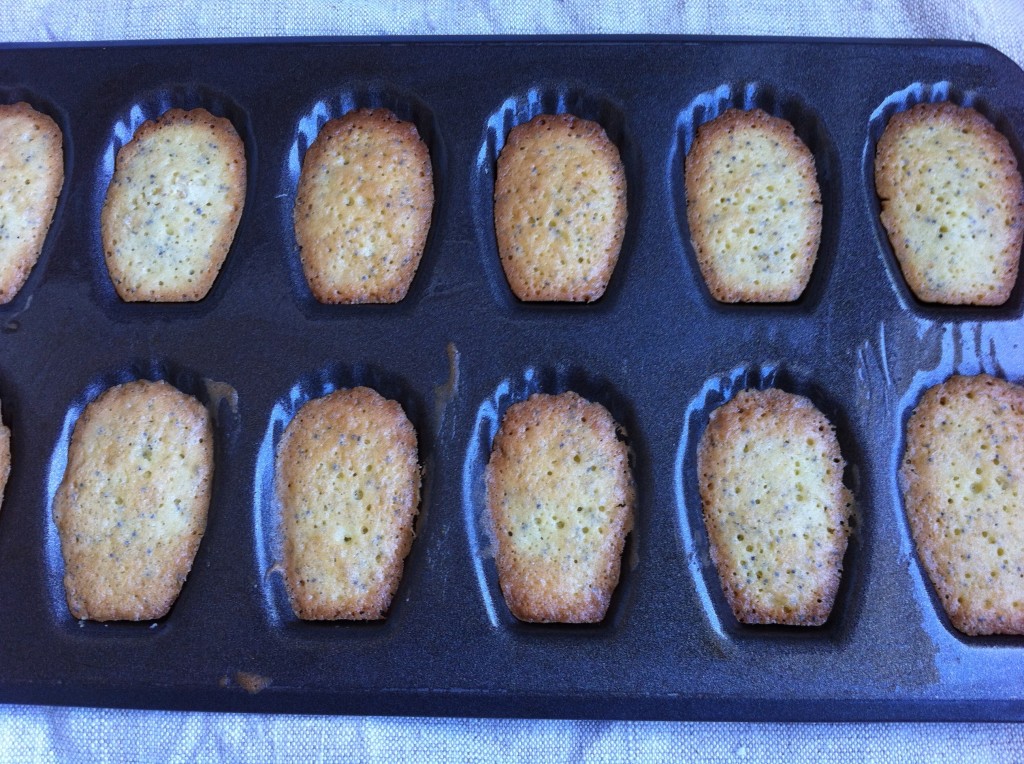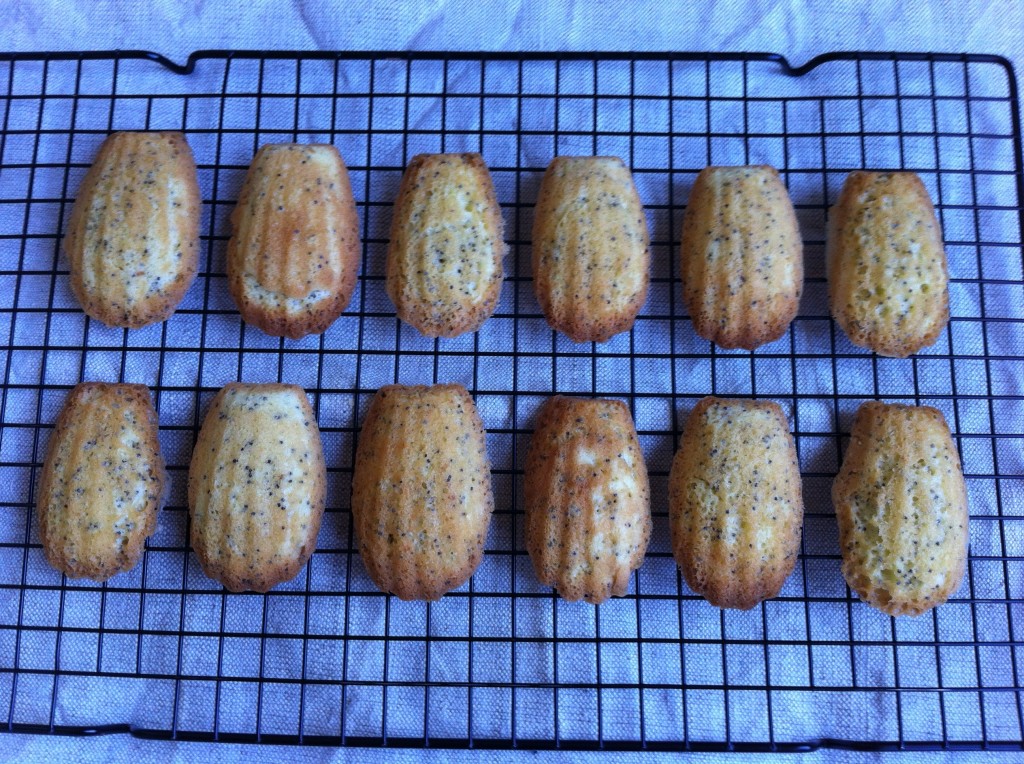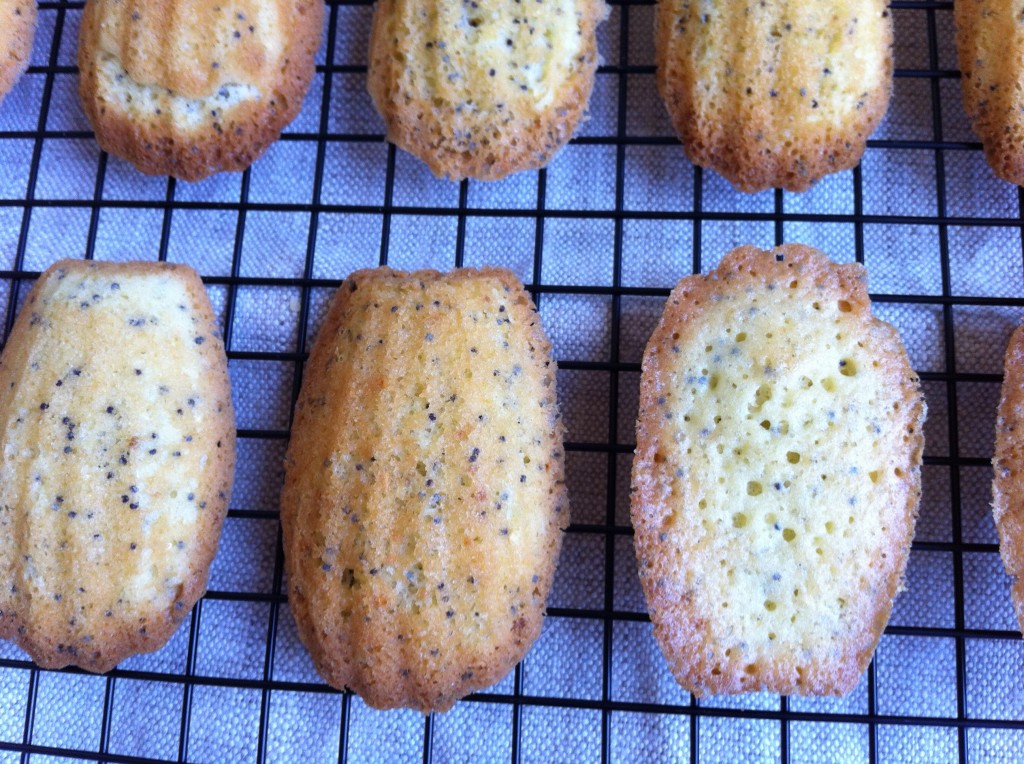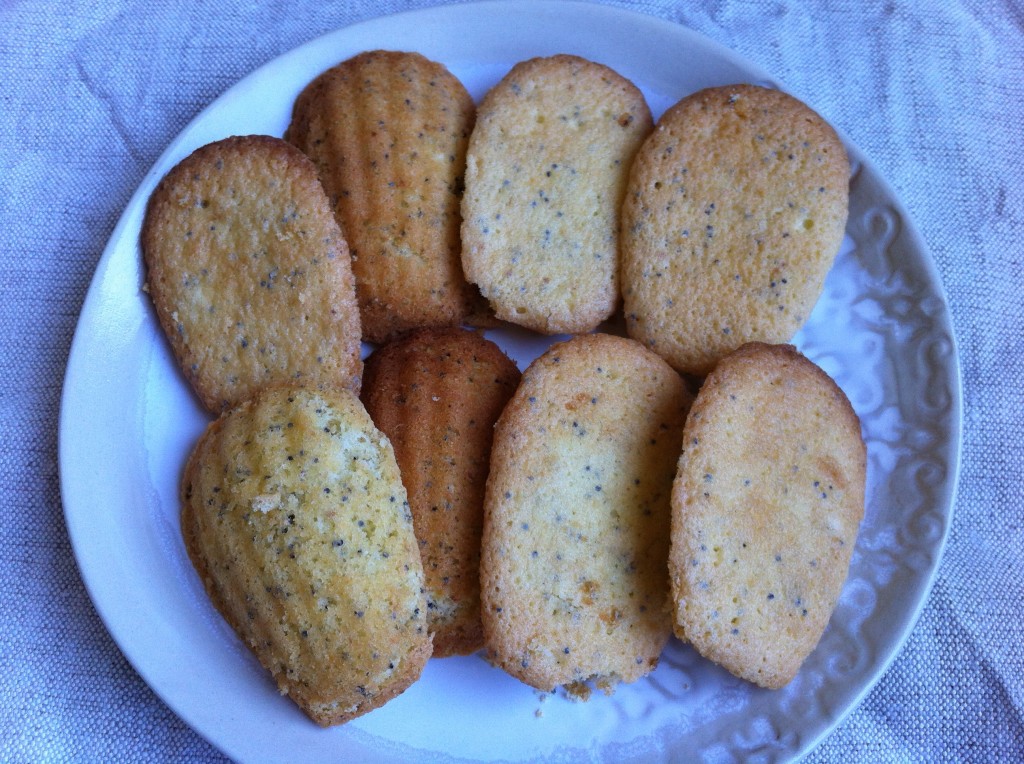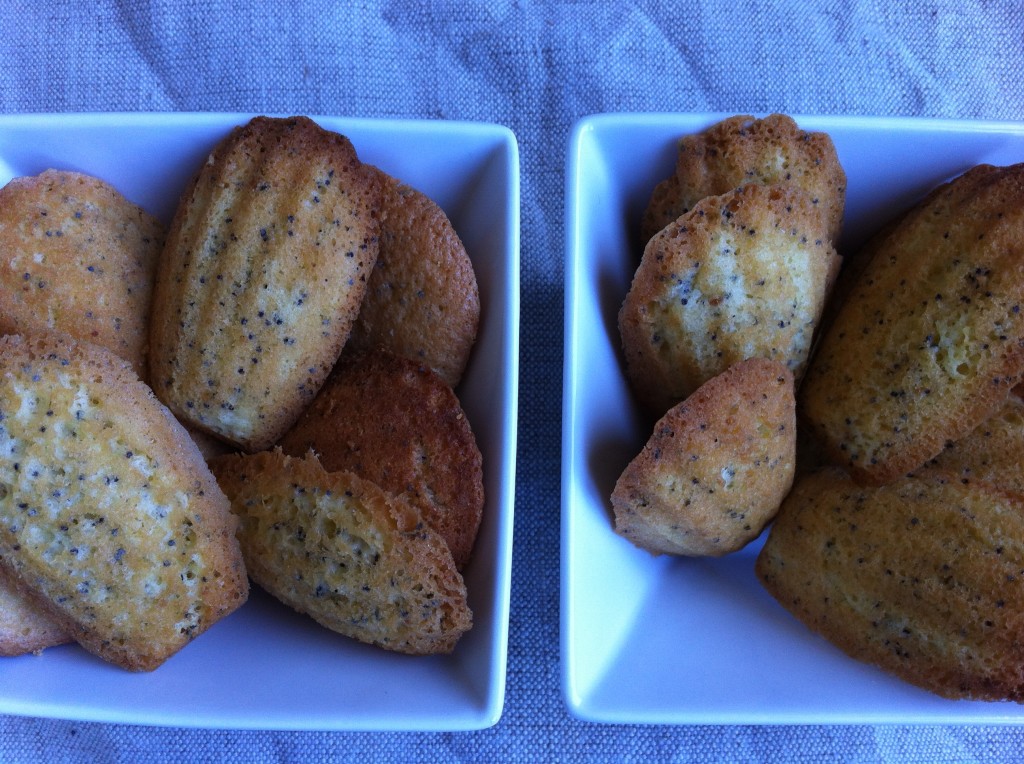In the early 20th century, the French writer Marcel Proust immortalized the humble madeleine in his novel Remembrance of Things Past (À la recherche du temps perdu). Madeleine is a French pastry resembling a tiny pearl which has a crumbly and light sponge-cake like texture.
Proust writes: “She [his mother] sent for one of those squat, plump little cakes called ‘petites madeleines,’ which look as though they had been moulded in the fluted valve of a scallop shell. And soon, mechanically, dispirited after a dreary day with the prospect of a depressing morrow, I raised to my lips a spoonful of the tea in which I had soaked a morsel of the cake. No sooner had the warm liquid mixed with the crumbs touched my palate than a shudder ran through me and I stopped, intent upon the extraordinary thing that was happening to me. An exquisite pleasure had invaded my senses, something isolated, detached, with no suggestion of its origin. And at once the vicissitudes of life had become indifferent to me, its disasters innocuous, its brevity illusory….”
I adapted this madeleine recipe from Baking, a book of the brand “Love Food” of the British publisher Parragon. It’s a visual step-by-step cookbook (I picked it up at a used book sale), helpful especially for a beginner baker, but everybody can learn from it. You need a special madeleine mold to bake these little beauties. The amount of the batter gives about 30-36 madeleines, so you will either need three molds with 12 shells in each (which is a luxury if you don’t bake madeleines with great frequency), or you will need to bake in three batches. Alternatively, you could bake them in a mini muffin form. They are best served warm from the oven, but they are great the next day too, especially when you dunk them in a cup of hot tea or coffee.
oil for greasing
eggs – 3
egg yolk – 1
granulated sugar – ¾ cup
grated lemon rind of 1 lemon
all-purpose flour – 1 cup
baking powder – 1 teaspoon
unsalted butter – ½ cup
poppy seeds – 1tablespoon
Preheat the oven to 375 °F (190 °C). Prepare the baking pan(s) by brushing well with oil. Melt the butter and cool.
Whisk the eggs, egg yolk, sugar, and lemon rind in a large bowl until pale and thick. Sift the flour and baking powder over the egg mixture and fold in lightly. Then fold in the melted butter and poppy seeds. Spoon into the holes of the pan(s) to ¾ capacity. Bake for about 10 minutes, until well risen and lightly brown on the edges.
A 20. század elején, a francia iró, Marcel Proust, örökre halhatatlanná tette a szerény madeleinet Az eltűnt idő nyomában (À la recherche du temps perdu) című regényében. Ez a francia teasütemény omlós, könnyed piskótatésztából készül, alakja kagylóra hasonlít.
Proust így ír: “A tea mellé anyám egy kis madeleine-nek nevezett süteményt hozatott, amelynek kicsi, dundi formája mintha csak egy rovátkás kagylóhéjba lenne kisütve. S mindjárt, szinte gépiesen, fáradtan az egyhangú naptól s egy szomorú holnap távlatától, ajkamhoz emeltem egy kanál teát, amelybe előtte már beáztattam egy darabka süteményt. De abban a pillanatban, amikor ez a korty tea, a sütemény elázott morzsáival keverve, odaért az ínyemhez, megremegtem, mert úgy éreztem, hogy rendkívüli dolog történik bennem. Bűvös öröm áradt el rajtam, elszigetelt mindentől, és még csak az okát sem tudtam. Azonnal közömbössé tett az élet minden fordulata iránt, a sorscsapásokat hatástalanná, az életnek rövidségét egyszerű káprázattá változtatta….”
Ez a recept a Baking című könyvből származik, amit a britt Parragon kiadó adott ki a „Love Food” sorozatban. Egy használt könyvvásáron leltem erre a süteményeskönyvre, ami lépésről lépésre, képekkel illusztrálva mutatja be az elkészítés folyamatát. Elsősorban kezdő házi cukrászok számára hasznos, de mindenki tanulhat belőle. A sütéshez speciális madeleine formára van szükség 12 kis kagyló alakú mélyedéssel. A tésztából 30-36 sütemény lesz, így tehát vagy három forma kell (ami véleményem szerint luxus, ha csak valaki nem gyakorta süt madeleineket), vagy háromszorra kell megsütni őket. Speciális forma hiányában mini muffin sütőben is készíthetjük a kis piskótákat. A madeleine legfinomabb melegen, a sütőből kivéve, de másnap is remek, főleg ha egy csésze teába vagy kávéba tunkoljuk.
olaj a formához
tojás – 3
tojássárgája – 1
kristálycukor – 150 g
1 citrom reszlet héja
finomliszt – 125 g
sütőpor – 1 teáskanál
vaj – 113 g
mák – 1 evőkanál
A sütőt előmelegítjük 190 °C–ra. A madeleine forma mélyedéseit kikenjük olajjal. A vajat megolvasztjuk és kihűtjük.
A tojásokat és a tojássárgáját a cukorral és a citromhéjjal addig keverjük egy nagy tálban, amíg sűrű és világos nem lesz. Tetejére szitáljuk a sütőporral elkevert lisztet, s enyhén elkeverjük. Hozzáadjuk az olvasztott vajat és a mákot, s laza mozdulatokkal összekeverjük. A masszát a forma mélyedéseibe kanalazzuk, kb. ¾ részig. Addig sütjük, amíg a madeleine szélei barnulni nem kezdenek, kb.10 perc.


